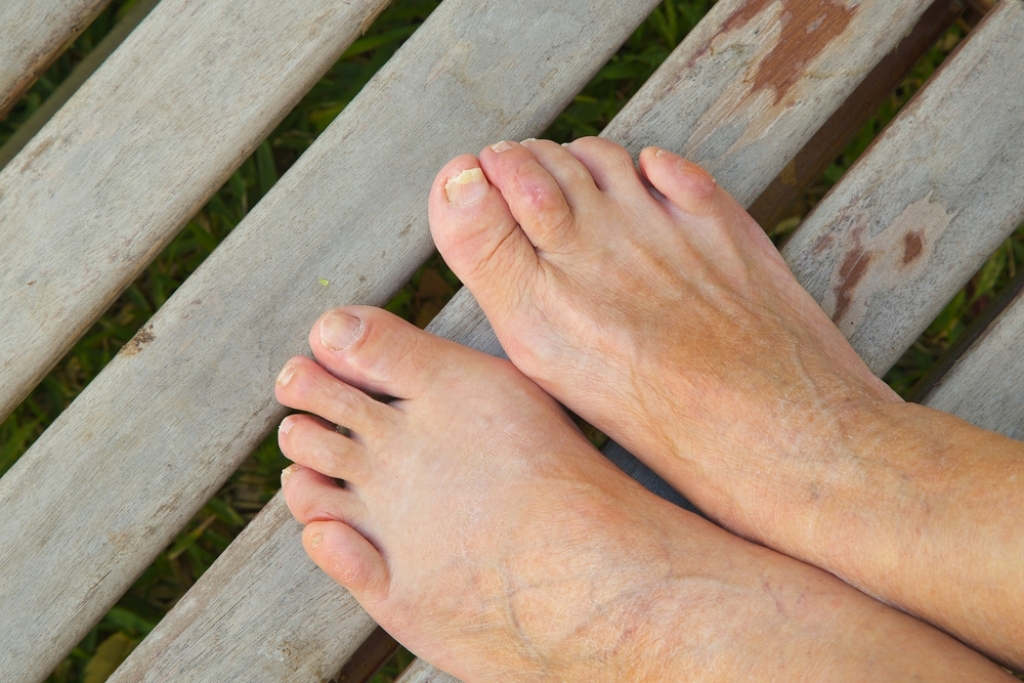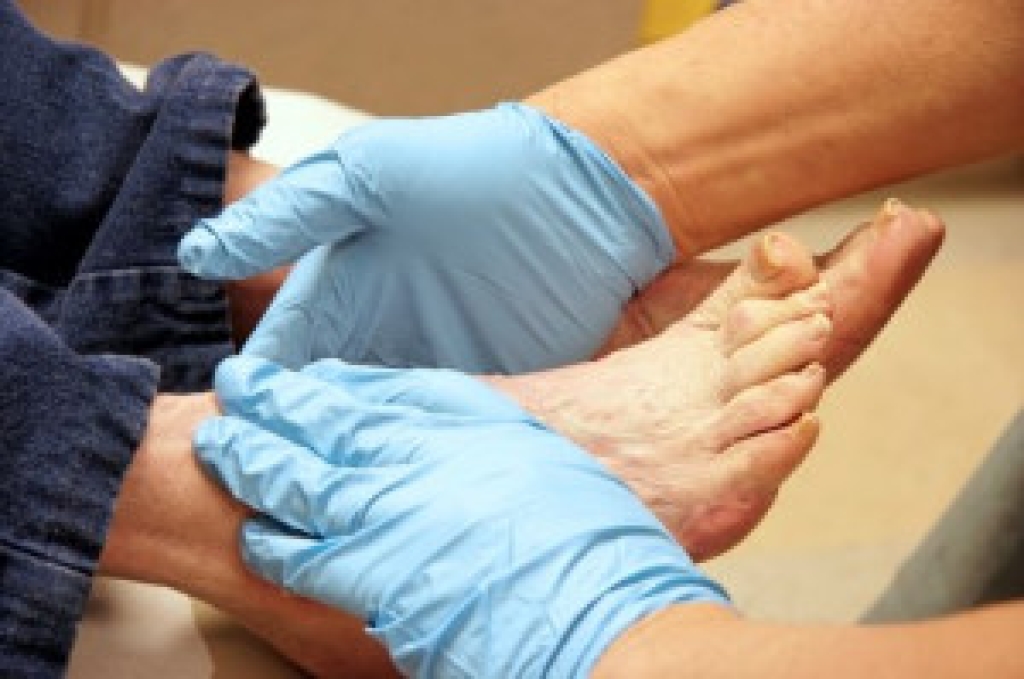
An ankle sprain happens when the ligaments that support the joint stretch beyond their limit, often from a sudden twist, misstep, or uneven surface. Many people feel an immediate sharp pain followed by swelling, tenderness, or bruising around the outside of the ankle. Putting weight on the foot may become difficult, and the joint can feel unstable or weak. Even mild sprains can linger if they are ignored, leading to repeated injuries and long-term stiffness. Early care, including rest and proper support, helps the ligaments heal in a stable position and reduces the chance of chronic instability. Paying attention to discomfort during walking or exercise can prevent the injury from worsening. If ankle swelling, pain, or instability continues, it is suggested that you schedule an appointment with a podiatrist for a proper evaluation and guidance.
Ankle sprains are common but need immediate attention. If you need your feet checked, contact One of our podiatrists from Oexeman Foot and Ankle, PLLC. our doctors can provide the care you need to keep you pain-free and on your feet.
How Does an Ankle Sprain Occur?
Ankle sprains take place when the ligaments in your ankle are torn or stretched beyond their limits. There are multiple ways that the ankle can become injured, including twisting or rolling over onto your ankle, putting undue stress on it, or causing trauma to the ankle itself.
What Are the Symptoms?
- Mild to moderate bruising
- Limited mobility
- Swelling
- Discoloration of the skin (depending on severity)
Preventing a Sprain
- Wearing appropriate shoes for the occasion
- Stretching before exercises and sports
- Knowing your limits
Treatment of a Sprain
Treatment of a sprain depends on the severity. Many times, people are told to rest and remain off their feet completely, while others are given an air cast. If the sprain is very severe, surgery may be required.
If you have suffered an ankle sprain previously, you may want to consider additional support such as a brace and regular exercises to strengthen the ankle.
If you have any questions please feel free to contact our office located in Chicago, IL . We offer the newest diagnostic tools and technology to treat your foot and ankle needs.





